When we think of animals in the wild sleeping, we tend to think of them in safe nests hidden in the dens or up in the treetops. But what about deer? Those shy, wily animals that we occasionally glimpse in the woods, in the underbrush, or on the roadside at dusk? How do deer sleep (as other animals do)? Cheat on their night sleep like us?
Learning about the sleeping patterns of the deer would not only help enlighten us about the biology of the animal. But also help him to understand how they survive, and where they sleep. And how hunting professionals would detect them, or wildlife observers.
This guide takes a closer look at what, when, where, and why deer sleep, including bedding habits and even the variety of the season. You could be a bird lover, a hunter, or just interested in knowing why deer go to sleep. This article cuts to the chase in answering all your questions.
The Overview of Deer Sleep Patterns

Deer do not sleep in a way that human beings or predators sleep. Rather, their sleeping patterns demonstrate that they have to be vigilant and attentive.
Being prey animals, deer have developed a semi-sleeping routine emphasizing their survival. They even put on short sleep hours(polyphasic sleep). So, as to stay alert and sensitive to any form of threats, such as attacks by predators or humans.
The majority of deer, such as white-tailed deer and mule deer, do not get in deep REM sleep over prolonged hours. Rather, they sleep several times during the day and night.
They may wake several times, a few minutes apart, to ensure that the surroundings are okay. This discontinuous pattern does not allow them to enter into a vulnerable state of a long sleep.
How Do Deer Sleep?
Deer have evolved special sleeping postures and physiological mechanisms that enable them to sleep comfortably and remain alert in the wild. Being prey animals, they live on a thin line of resting and being alert.
A sleeping deer often lies on the ground with its legs tucked beneath its body in a loafing or sphinx-like posture. This curled-up position not only conserves body heat—especially in colder months—but also allows the deer to spring up and flee within seconds if danger arises. In warmer weather, deer may lie with their legs extended to regulate body temperature and improve airflow.
Occasionally, deer will sleep with their necks curled back and heads resting on their flanks, similar to how some domestic animals rest. However, this deeper position is typically reserved for safer environments. Such as thick cover or bedding areas with strong visual and scent advantages.
Deer, even during sleep, tend to be semi-awake. Their ears flick to the slightest noise, and their noses keep on registering smell differences in the air. They are likely to open their eyes, as well. This is a so-called resting vigilance light sleep. So, they can quickly scan threats to evaluate them without waking up fully.
How Do They Stay Alert to Predators?
When resting, a deer often takes a pose, either loafing or sphinx, with legs pulled up and under the body. This curved-up position helps to retain body heat, especially during the cold months of the year. But it also allows the deer to leap up and run quickly in an emergency.
During the warm weather, the deer will be able to assume a lying position on the side, with legs straightened out to lose body heat and increase breathing.
And sometimes deer roll the backs of their heads together and the several under their flank. As we know, in this manner, some domesticated animals lie. Such an inner position is, however, used in some safe areas. Such as in deep cover or bedding sites with a visual and odor advantage.
Deer are rather half awake even during sleep. They even take notice of the smallest sounds. Their ears twitch, and their noses still smell anything left in the air. They can open their eyes now and then. This sleeping is known as vigilance sleep, where they can assess danger but within a blink.
When Do Deer Sleep?
Contrary to completely nocturnal or diurnal animals, deer are crepuscular, meaning they are at their optimal activity levels during dawn and dusk. Such a distinctive mark keeps off their daily predators and hunters at night in the same way. Therefore, deer tend to rest when there is little activity, both during the day and at night. The rest is dictated by other external factors like human activity, kobra pressure, and changes in seasons.
In quiet woods, it is not at all unusual to see the deer resting early in the afternoon and again in the late morning. In the middle of the night, when the food is abundant and their stomachs are filled.
However, in regions where people have high activity levels, they can adapt to sleeping during late daytime hours when people are less likely to be outside.
What Is the Peak Rest Time For Deer?
- Midday (10 AM – 2 PM): A popular resting period, particularly during the summer, when no one wants to move around due to the heat, and food is already procured.
- Late Night (Midnight – 3 AM): This is a calm period where the predators are scarce and a human presence is low, allowing the deer to get more time to sleep.
The deer keeps a schedule that is frequently to feed, then rest, chew the cud, and repeat. This pattern is intertwined with sleep as many as five times a day.
How Many Hours Do Deer Sleep Daily?
In winter, deer can bed for longer periods to conserve energy and avoid exposure to inclement weather. Nevertheless, the deer will seldom sleep more than 6 hours in total within a 24-hour time span.
Even under the snow-laden canopies or in sub-zero temperatures. They have to remain alert at all times, and extended deep sleep is too dangerous in the wild.
In winter, deer can bed for longer periods to conserve energy and avoid exposure to inclement weather. Nevertheless, the deer will seldom sleep more than 6 hours in total within a 24-hour time span. Even under the snow-laden canopies or in sub-zero temperatures. They have to remain alert at all times, and extended deep sleep is too dangerous in the wild.
Deer Bedding: Preferences, Locations and Seasonal Changes
Let’s move on to some other details of deer bedding like their locations, preferences, and seasonal changes.
How Do Deer Choose Their Bedding Areas?
The choice of deer bedding areas is very tactical and depends on a combination of instinct, environmental sense, and survival strategies.
They are more concerned with wind direction. In most cases, they prefer using areas where the wind brings along scents. This enables them to detect predators or danger before they arrive too close.
They will generally be downwind and, with their keen eyes and ears, they will keep a watch in front of them.
Other critical factors include:
- Cover: Dense vegetation such as briars, tall grass, or conifers to conceal them from sight.
- Elevation: Slightly elevated areas like ridges or benches offer better visibility and airflow.
- Escape routes: Deer rarely bed in dead ends—they want multiple, fast exit options.
They can also select the bedding sites near the food sources or travel corridors, in case the sites are more secure and accessible. Mature bucks will bed in other close to terrain funnels or thermal cover areas, which have consistent temperature all day.
Where Do Deer Sleep?
Deer rest in what are called bedding areas, resting areas which may be temporary or long-term. These are not arbitrary places. They are well-selected places on the basis of perceived safety, food availability, and comfort.
Some of the ordinary bedding areas are:
- Dense thickets and brush piles
- Tall grass fields and meadows
- Forested or transitional edges
- Swamps, creek bottoms, or lowland hollows
- Hillsides with partial or full canopy coverage
Deers have surprisingly adjusted to the suburban or semi-urban environment. Sleepy deer are not uncommon, being found curled up behind a backyard shed, along fencerows.
Even on highways where the smell and sound of people keep the natural predators at bay. These places, however, present more dangers, like car crashes or human interaction.
Seasonal and Hunting Influences on Deer Bedding Sites
1. Spring/Summer
Deer prefer cool bedding areas that are shaded and rich in vegetation and have access to water. The thick understories and early green-up make a great cover to do with fawns.
2. Fall (Rut Season)
Bedding patterns change with bucks being much more mobile and bedding nearer to family groups. In this period, bucks can utilize less permanent rut beds. Also, they are found closer to areas where there is high movement of people.
3. Winter
Survival is the main issue. Deer prefer south-sloping hills, cedar thickets, and thermal cover to avoid wind and snow. They sleep longer to save up energy and avoid exposure.
4. Hunting Season Impact
Bedding behavior is greatly influenced by hunting pressure. Hunters have found out that some deer are smart enough to know that hunting season is coming. They will choose to hide from both hunters and predators.
During the daytime, deer are likely to move to inaccessible terrain, e.g., steep ridges, briar-infested pieces, or swamps.
They get more nocturnal by feeding at night and bedding deep during the day. Usually in secondary or neglected bedding areas, well away from human traffic.
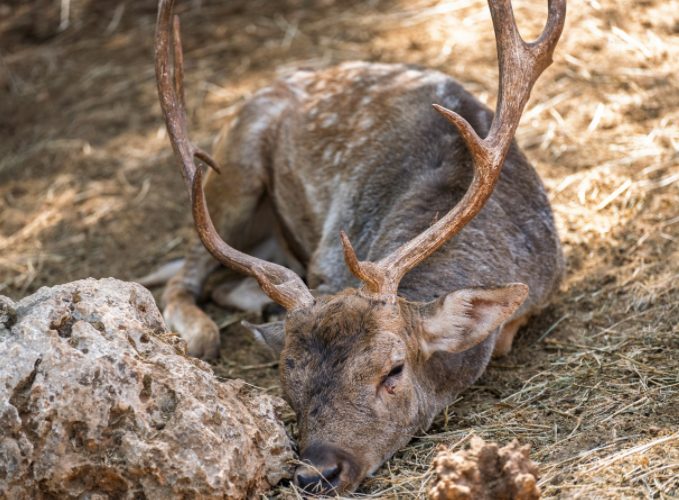
Buck Bedding vs. Doe Bedding: What’s the Difference?
Want to know the difference between Buck Bedding vs. Doe Bedding? Here we will continue to explore more of the details.
What Are the Differences Between Bucks and Does?
The approaches of bucks and does are extremely different when it comes to bedding, and their roles, duties influence them, and the necessity to survive. Bucks are more individualized, coy, and tactical in terms of bedding down.
They usually bed down in secluded thick cover-such as briar patches, steep ridges, or neglected corners of terrain, where human scent and traffic are few. They need security and seclusion because this will make them long to live longer during the hunting season. They will nearly always select sites that have multiple escape directions. Also, they have the downwind scent advantage.
It, in turn, is more social and predictable. They usually sleep together, particularly in the presence of fawns. Their sleeping places tend to be nearer to the sources of food and water and more open or exposed.
Especially at early summer time when they have to nurture their young. Their social ways are warm and safe. This is based on the safety in numbers and not the hyper isolation.
What Factors Affect Deer Bedding Choices?
Fawns and yearlings normally sleep with their mothers in an exposed and visible location. Particularly in a location where they are easily seen by their mothers and thus get an early warning of impending danger.
Mature bucks (especially 3.5 years and older) tend to develop core bedding areas that are highly strategic. Often only accessible via specific terrain features like ridges, creek crossings, or dense thickets.
The bucks are more mobile and opportunistic during the rut, bedding temporarily near high-traffic doe areas to increase their chances of breeding. Such rut beds are frequently nearer to open country than usual and more exposed.
Do Deer Sleep Alone Or In Groups?
Deer social dynamics vary by age, sex, season, and habitat conditions.
Bucks, especially older and dominant ones, usually bed alone to reduce competition and minimize movement that could give away their location.
Dogs and fawns, however, tend to bed in groups, creating small family units that rest, feed, and move together. This social structure offers protection through mutual vigilance and enhances fawn survival rates.
In the winter, deer may form larger groups or yard up, especially in snow-covered regions. Group bedding during this season helps with body heat conservation, reduces exposure, and offers better predator detection.
FAQs
1. Do Deer Sleep at Night or During the Day?
Deer sleep during both the day and night, but never for long periods at a time. They are crepuscular and adjust their sleep based on surroundings and threat levels.
2. Where Do Deer Usually Bed Down to Sleep?
Deer bed down in thick cover—like forests, tall grasses, hillsides, and brush piles. They can remain hidden while keeping an eye (and nose) on predators.
3. How Do Bucks and Does Differ in Their Bedding Habits?
Bucks are more solitary and prefer isolated, hard-to-reach bedding sites with great visibility and scent advantage. Does, especially with fawns, bed in groups closer to food and water.
4. Do Deer Hibernate in Winter?
No, deer do not hibernate. Instead, they reduce their movement, conserve energy, and rest more often. Their winter coat thickens, and they rely on stored body fat and limited feeding.
5. Why Do Deer Sometimes Sleep Near Roadsides?
In predator-heavy areas, deer may choose roadsides. Because human presence discourages predators like coyotes or mountain lions. However, this risky behavior often leads to vehicle collisions. See more about roadkill deer.
Conclusion
The art of survival among deer is in sleeping. These beautiful creatures do not require deep sleep hours like human beings. Rather, they depend on short sleep and alertness to make it through in the wild.
Everything related to their sleep is instinctual and necessary, including selecting the proper bedding site or remaining alert during sleep.
Knowledge of deer sleep patterns is important not only to better appreciate these animals but also to observe wildlife, plan hunting activities, and build on the conservation of these animals.
Whether you are trying to stalk a buck, take a picture of a wild animal, or just want to know, the more you learn about deer behavior, the more you will be ready to share their environment.


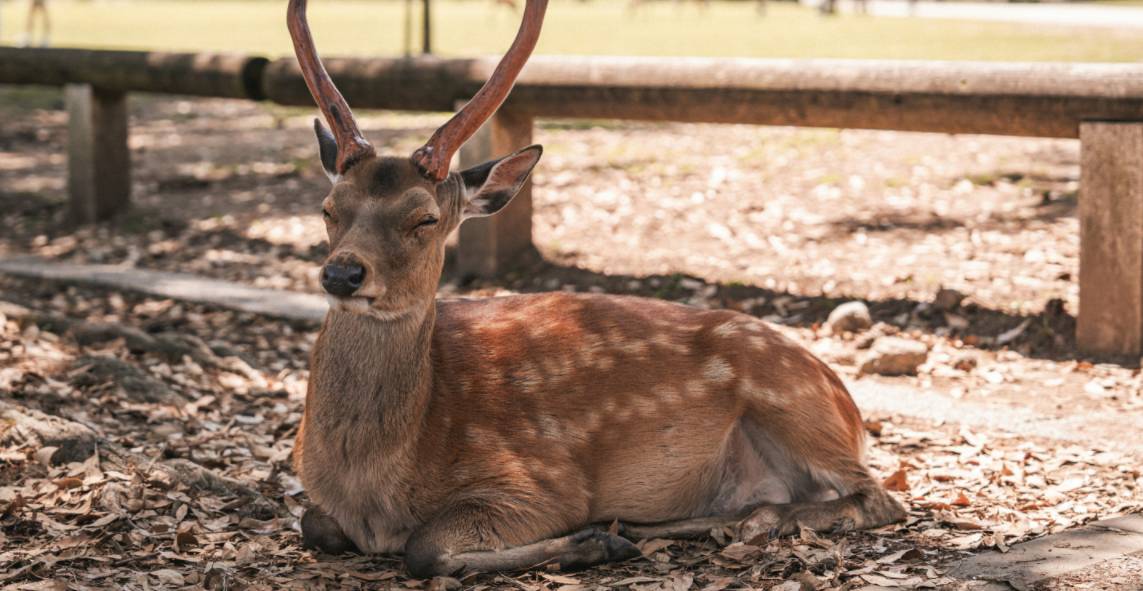


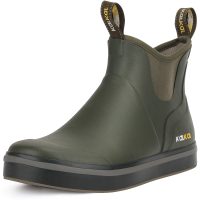



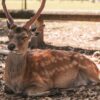

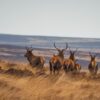
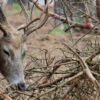
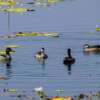

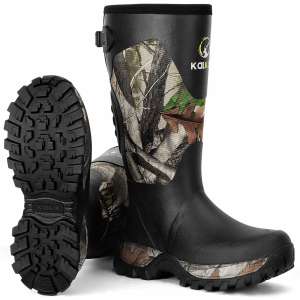


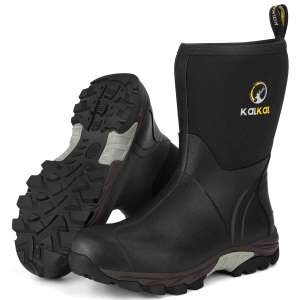


Leave a reply